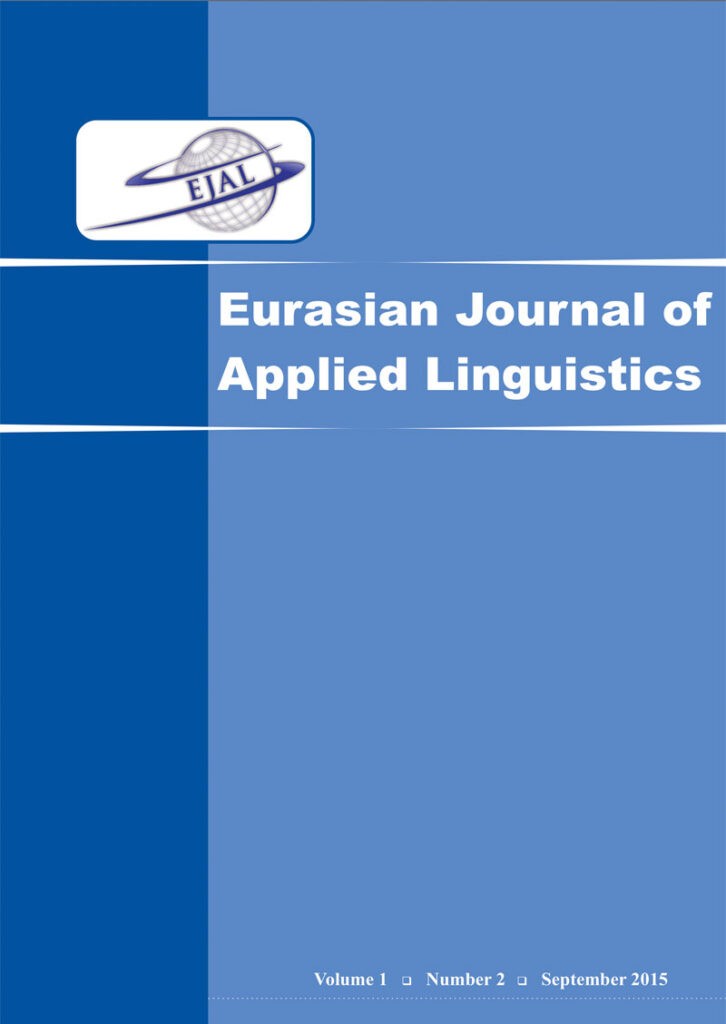Uncategorized
The Influence of Ideal L2 self, Academic Self- Concept and Intercultural Communicative Competence on Willingness to Communicate in a Foreign Language
Arzu Kanat-Mutluoglu Hacettepe UniversityKeywords: L2 willingness to communicate, ideal L2 self, academic self-concept, intercultural communicative competence Abstract The intriguing nature of willingness to communicate in a second/foreign language (L2 WTC) inspires researchers to explore the concepts affecting the development of L2 WTC. In line with this tendency, the current study aimed to find out the …
The predictive role of morphological awareness and productive vocabulary knowledge in L2 postgraduate students’ academic writing
Hani Qasem Mohammed Asaad Universiti Utara Malaysia PDF Ahmad Affendi Shabdin Universiti Utara MalaysiaPUBLISHED2021-04-07Keywords: Academic writing, morphological awareness, productive vocabulary knowledge, second language postgraduate students Abstract Studies have found that morphology awareness could assist writers to increase productive vocabulary (e.g. Green et al., 2003; McCutchen & Stull, 2015), reduce vocabulary errors (e.g. Karakas, 2012; Ririn, 2010), and produce complex …
Variation sets in child-directed and child speech: A case study in Turkish
Vildan İnci Kavak Gaziantep University https://orcid.org/0000-0001-7249-9048 PDF Enes Kavak PUBLISHED2021-04-07 Keywords: CDS, variation sets, Turkish, first language acquisition, mother tongue Abstract This study analyses variation sets in a sample of child-directed speech (CDS) in Turkish in terms of their structure and effect on child speech. The term “variation set” was first introduced to describe the …
Variation sets in child-directed and child speech: A case study in Turkish Read More »

